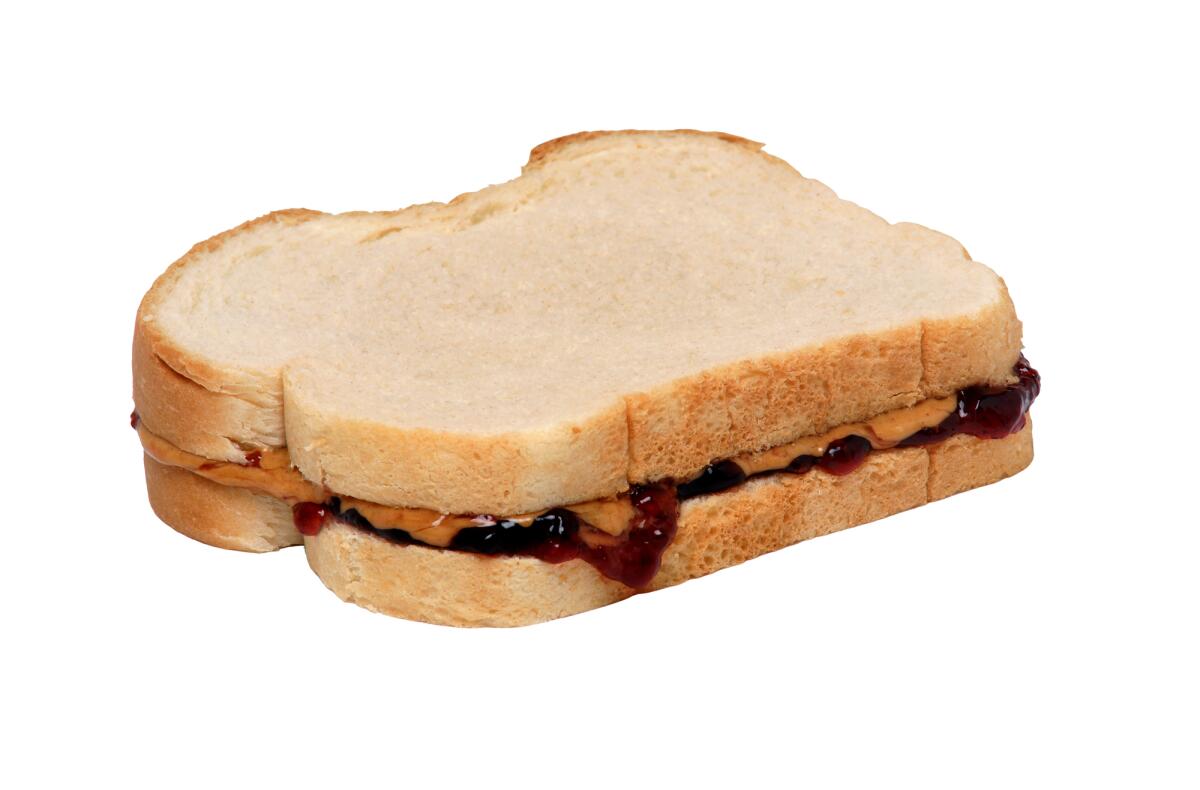A Word, Please: A look at the rules and myths surrounding ‘and’

You use the word “and” every day, hundreds, perhaps thousands of times. But have you really mastered this most ubiquitous of conjunctions? Turns out, there’s more to using “and” than you may realize. Here are seven things you probably didn’t know about the ultimate English joiner word.
“And” can begin a sentence. I don’t know the origin of the myth that you can’t start a sentence with “and.” Perhaps some long-ago teacher got fed up with students incorrectly breaking sentences into fragments at the point of an “and.” Or perhaps some overconfident observer decided that “and” joins things within sentences and not sentences themselves. In fact, “and” can be grammatical and logical at the start of a sentence. But in that spot, it’s usually unnecessary, which is why it’s unpopular with editors who favor tight prose.
“And” doesn’t ask the ampersand to pitch in when it’s tired. “The cafeteria serves three kinds of sandwiches: ham, tuna and peanut butter & jelly.” Over and over, I see this in my editing work: Writers — too many to count over the years — will whip out an ampersand anytime they want to show a closer relationship than some previous “and” in the sentence shows. Every one of these writers just comes up with this idea on their own. There’s no rule that says ampersands work in concert with “and.” There’s no credible editing style that allows ampersands in running text at all. Yet these writers pop them in anyway.
If you had a time machine, writes June Casagrande, you might want to take an old dictionary or English usage guide with you.
“As well as” can’t do the job of “and.” The coordinating conjunctions “and” and “or” have a special power: They can cue the last item in a list. “We invited Tony, Maya, Caleb and Jasmine.” It doesn’t matter how many people or items are in the list — three or 300 — the last one always gets introduced by “and” or “or.” Without one of these conjunctions, the structure isn’t grammatical. “As well as” is not a coordinating conjunction. So it’s not grammatical to say, “We invited Tony, Maya, Caleb as well as Jasmine.” If you must use “as well as,” you have to work in the “and” before it: “We invited Tony, Maya and Caleb, as well as Jasmine.”
“And” can’t be replaced by a dash to team up with “between.” I see this a lot: Children between the ages of 3–16 are admitted for free.” Nope. “Between” in this structure necessitates an “and.” If you’re married to that dash, ditch “between”: Children ages 3–16 are admitted for free.
In lists of three or more things, “and” can follow a serial comma — or not. A serial comma, also called an Oxford comma, is the comma before that “and” at the end of a list: Tony, Maya, and Caleb. But it’s optional. So “and” can be preceded by this comma but it doesn’t have to be.
“And” is usually preceded by a comma when it connects independent clauses. “I know what you’re thinking, and I have a lot of questions.” In this sentence, you have two independent clauses — grammatical structures that could stand alone as sentences — connected by “and.” Compare that to “I know what you’re thinking and have a lot of questions,” in which the second part doesn’t have its own subject and must share the “I” with the first part. So without an “I” in the second clause, the “and” isn’t joining two independent clauses, which means no comma. But when the two clauses could stand alone, put a comma before “and.”
“And” can team up with “also,” but it probably shouldn’t. There’s nothing grammatically wrong with saying “He works Mondays and also Tuesdays.” But if you agree with 99% of professional editors that unnecessary words are in fact unnecessary, just cut the “also” out.
June Casagrande is the author of “The Joy of Syntax: A Simple Guide for All the Grammar You Know You Should Know.” She can be reached at [email protected].
All the latest on Orange County from Orange County.
Get our free TimesOC newsletter.
You may occasionally receive promotional content from the Daily Pilot.




